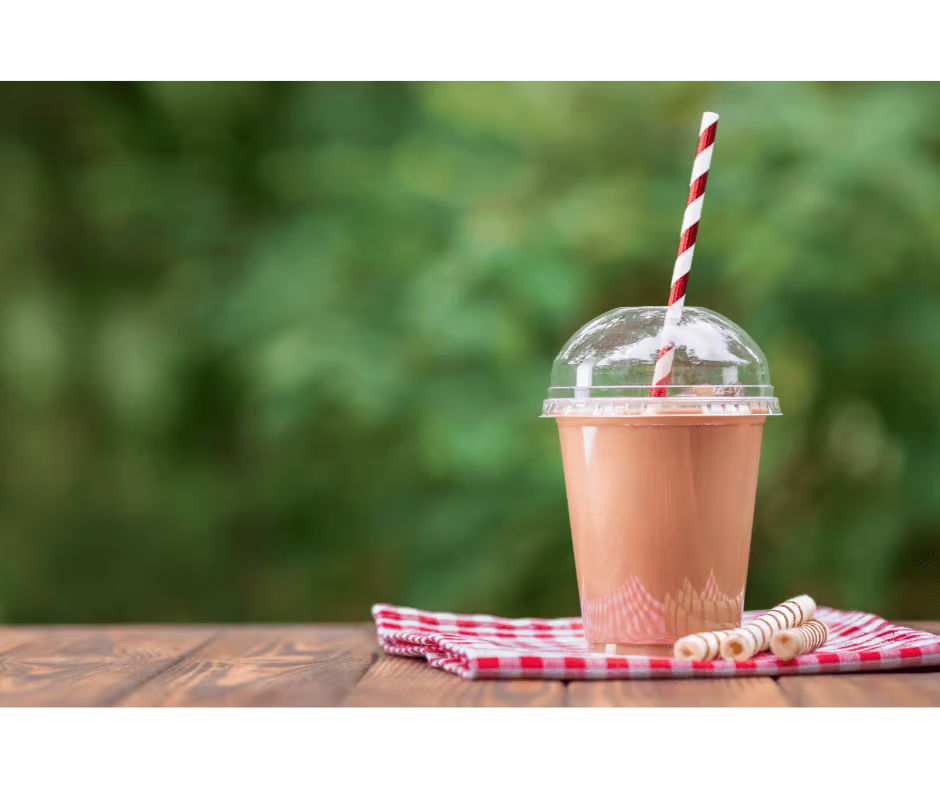I. Introduction
In a world where environmental awareness is increasingly important, bio-based materials have become an interesting alternative to traditional plastic materials derived from petroleum. These materials are derived from natural and renewable raw materials such as sugarcane, wood fibers, or corn starch.
In this article, we will focus on the three main bio-based materials: Bagasse, Kraft, and PLA. These materials are used to create high-quality, sustainable, and environmentally-friendly packaging. We will explore their characteristics, advantages, disadvantages, and potential applications.
II. Definitions of Bio-based Materials
Bagasse is a material that is often used for the production of disposable tableware, food trays, and shopping bags. It is made from sugarcane pulp, a byproduct of the sugarcane industry. Bagasse is an eco-friendly alternative to plastic as it is biodegradable and home compostable.
Kraft is a material made from wood pulp and is commonly used for the production of paper bags, shopping bags, and packaging cartons. It is strong, durable, and environmentally friendly, making it perfect for use in food packaging. Additionally, Kraft can be recycled and is easily biodegradable.
PLA, or Poly Lactic Acid, is another bio-based material used for the production of food packaging and shopping bags. It is made from corn starch, sugar beet, and other plant-based materials. PLA is industrially compostable and biodegradable, making it ideal for packaging applications.
Each of these bio-based materials offers different advantages for food packaging:
- Durability
- Strength
- Ease of recycling
- Biodegradability
III. Why Bagasse as a Bio-based Material?
Bagasse is an environmentally friendly material made from sugarcane pulp. It is frequently used to manufacture food packaging and eco-friendly packaging solutions. This material serves as an excellent alternative to plastic products due to its biodegradability and compostability.
The production of Bagasse is an environmentally sustainable solution as it utilizes a byproduct of an industry that would otherwise be discarded. This reduces waste and helps preserve the environment.
Furthermore, Bagasse is easily compostable because it is primarily composed of cellulose and hemicellulose fibers, which are organic materials easily decomposed by microorganisms in the soil. When decomposed, bagasse turns into compost, a nutrient-rich natural fertilizer that can be used to nourish plants. Additionally, bagasse also has a high lignin content, which can help improve soil structure by enabling better aeration and increased water retention.
Food packaging made from bagasse is:
- Sturdy
- Water-resistant
- Grease-resistant
It can be used to store both hot and cold food, making it convenient for a variety of situations.
IV. Why Kraft as a Bio-based Material?
Kraft is a durable material made from wood pulp. It is often used to produce paper bags, shopping bags, and packaging boxes. Kraft is an environmentally friendly material as it is recyclable, biodegradable, and compostable. It can be reused multiple times and recycled at the end of its useful life.
Kraft paper bags are an eco-friendly alternative to plastic bags as they are not only recyclable but also compostable. They can be used to carry food items, beauty products, clothing, and many other products. Kraft shopping bags are sturdy, durable, and convenient, making them an excellent alternative to single-use plastic bags.
Kraft is a valuable material for recycling as it can be used to make new products such as wrapping paper, cardboard boxes, notebooks, and envelopes.
V. Why PLA as a Bio-based Material?
PLA is a material derived from renewable sources such as cornstarch, sugar beet, and other plant-based materials. It is commonly used for the production of eco-friendly packaging. Unlike plastic packaging, PLA is biodegradable and industrially compostable, making it an environmentally friendly solution.
PLA is also strong and resistant, making it perfect for use in food packaging. PLA laminated onto Kraft paper is suitable for storing hot or cold food items such as:
- Salads
- Cheeses
- Cold cuts
- Desserts
It is also used to ensure the leakproof nature of cups and meal boxes.
Unlike traditional plastics that are made from fossil resources, PLA is a naturally degradable polymer that can be broken down by microorganisms such as bacteria and fungi. These microorganisms feed on PLA and decompose it into simple elements such as water, carbon dioxide, and organic compounds, which can be absorbed by nature without causing significant harm to the environment.
This makes PLA an eco-friendly and sustainable alternative to traditional plastic packaging, which can take hundreds of years to decompose in nature.
V. Conclusion
Bagasse, Kraft, and PLA are popular bio-based materials used for the production of eco-friendly food packaging and containers. Each of these materials offers different advantages, such as biodegradability, durability, and grease resistance.
At Wasteless Group, we are committed to providing eco-responsible packaging solutions to help our clients reduce their carbon footprint and preserve the environment. We offer a comprehensive range of customized bags and food packaging made from these bio-based materials. Working closely with our clients, we strive to understand their needs and provide them with packaging solutions that are environmentally friendly and convenient to use. We oversee all stages, from design to manufacturing, as well as delivery to your warehouse.

